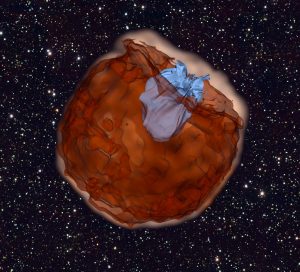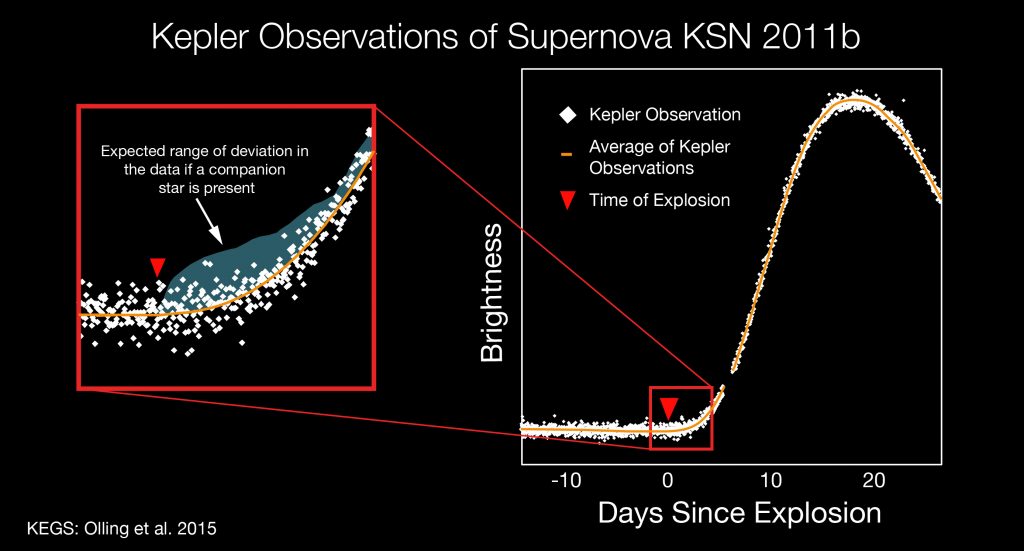
This is a free online event, to attend please register with zoom using the “View Event Website” link on the box above.

The Kepler Telescope discovered and revolutionized our understanding of 1000s of exoplanets. However, it also has given us the opportunity to study supernova explosions with exquisite accuracy. Dr. Rest will talk about how we can use these Kepler light curves to learn about the progenitors of the different types of supernovae and the physics of their explosion mechanisms.
Kepler’s Supernova Experiment Captures First Moments of a Dying Star

NASA Spacecraft Capture Rare, Early Moments of Baby Supernovae

Dr. Armin Rest is an Associate Astronomer at STScI. Originally from Germany, he came to the US as an exchange student, and decided to stay to obtain his PhD at the University of Washington.

After his PhD, he worked as an NOAO Goldberg fellow at the CTIO observatory in Chile, before doing another postdoc at Harvard University. He started to work at STScI in 2010, and has been working there since as an NIRCam/JWST instrument scientist. His research interest is focused on supernovae, exotic transients, cosmology, and gravitational waves.
